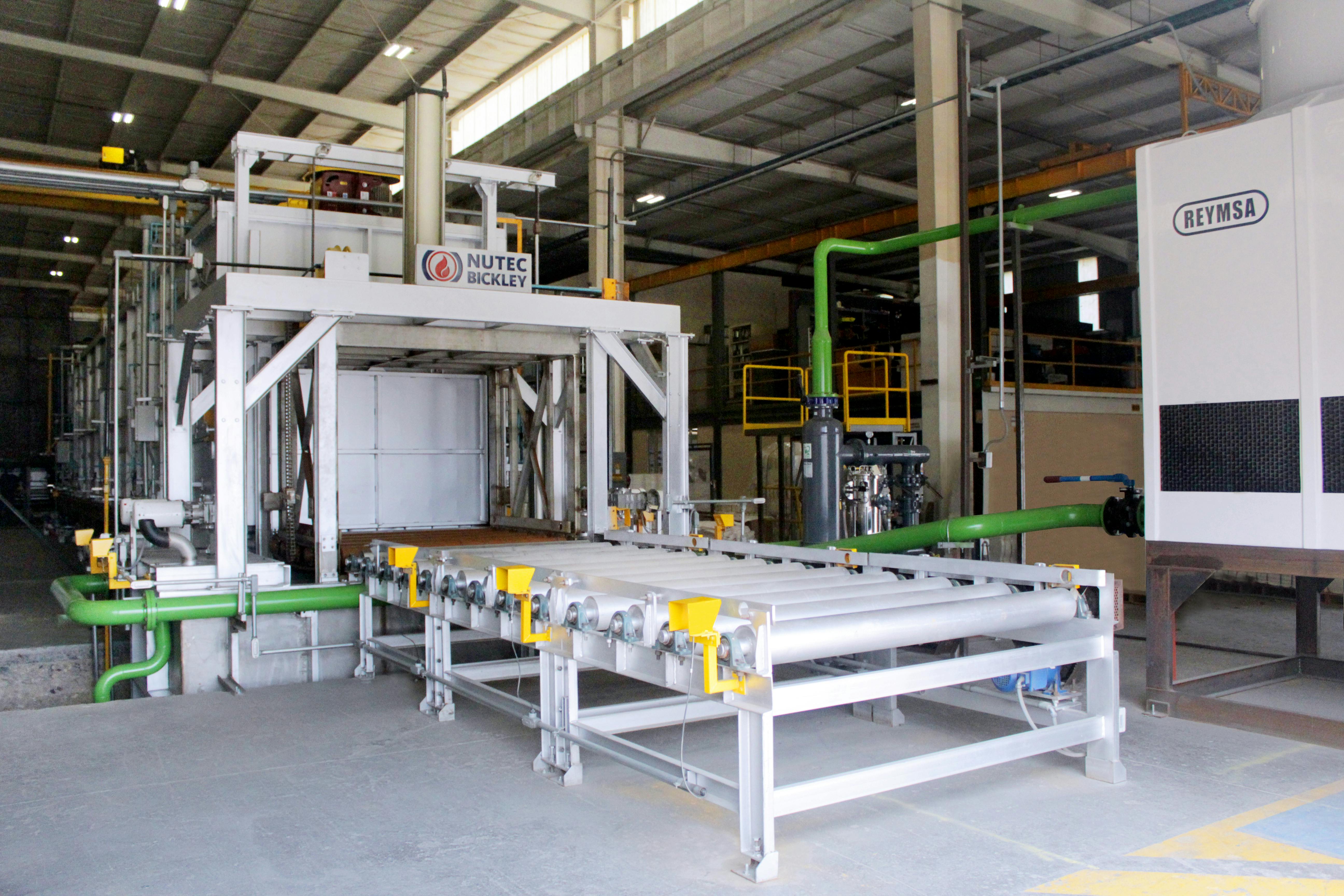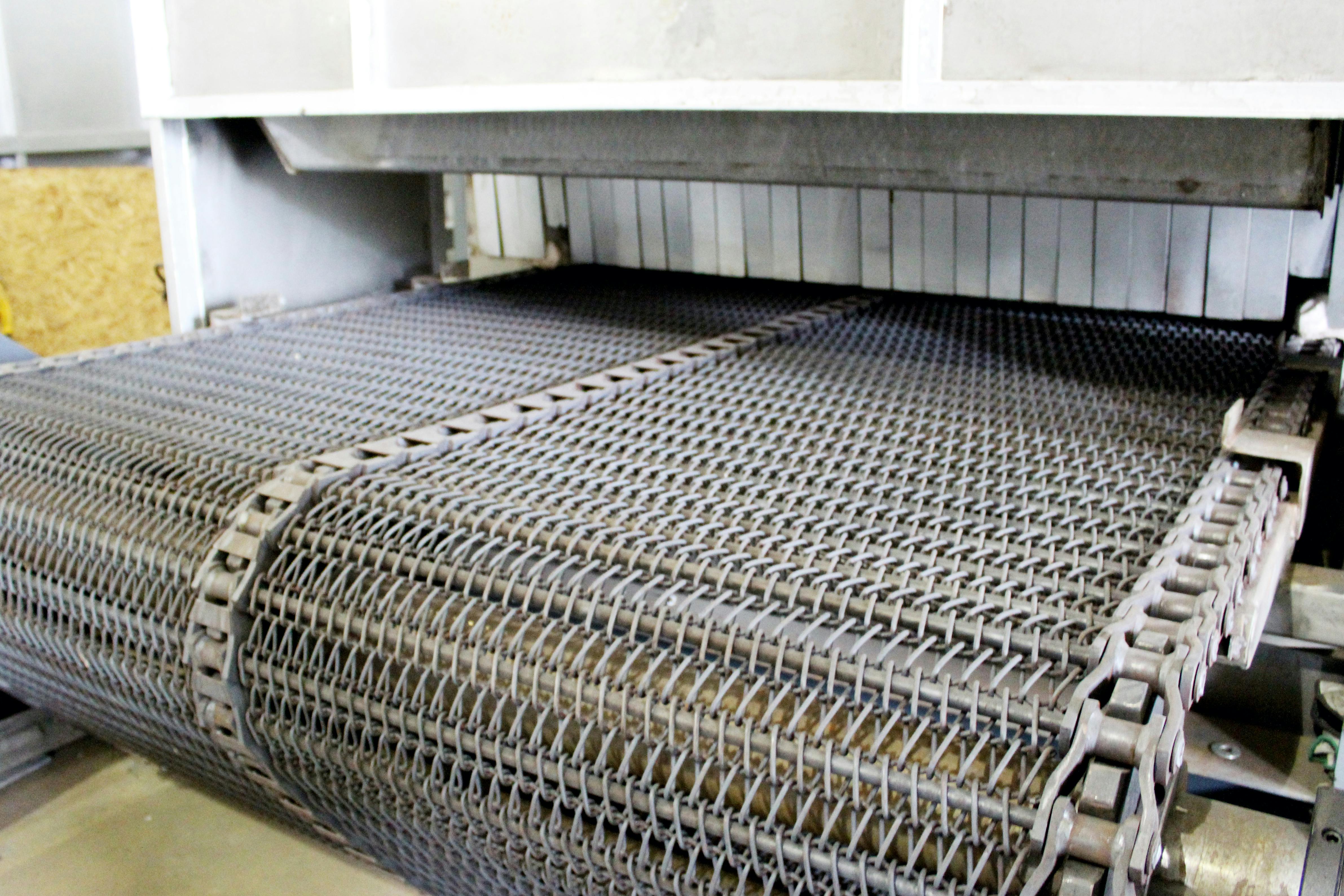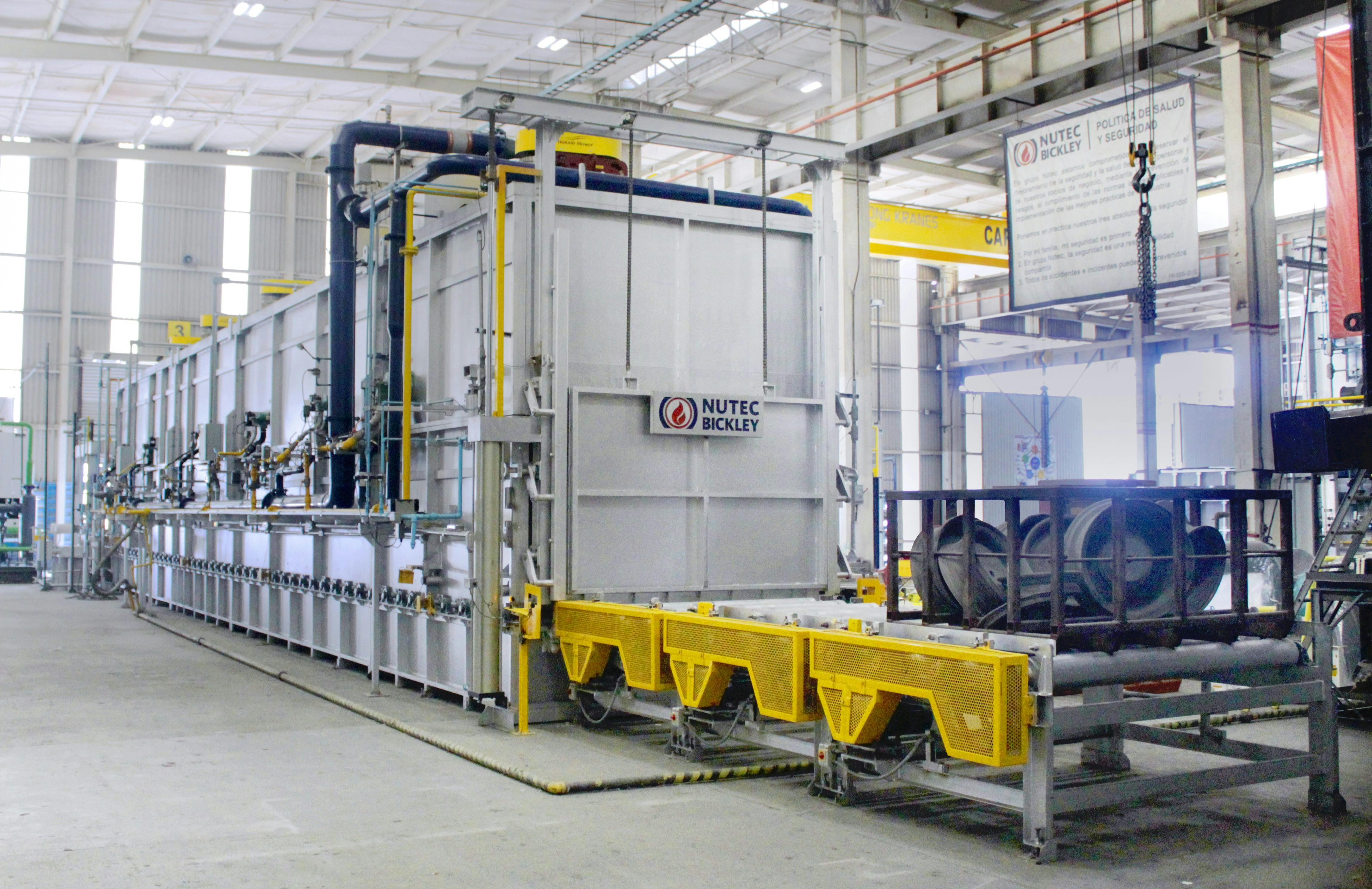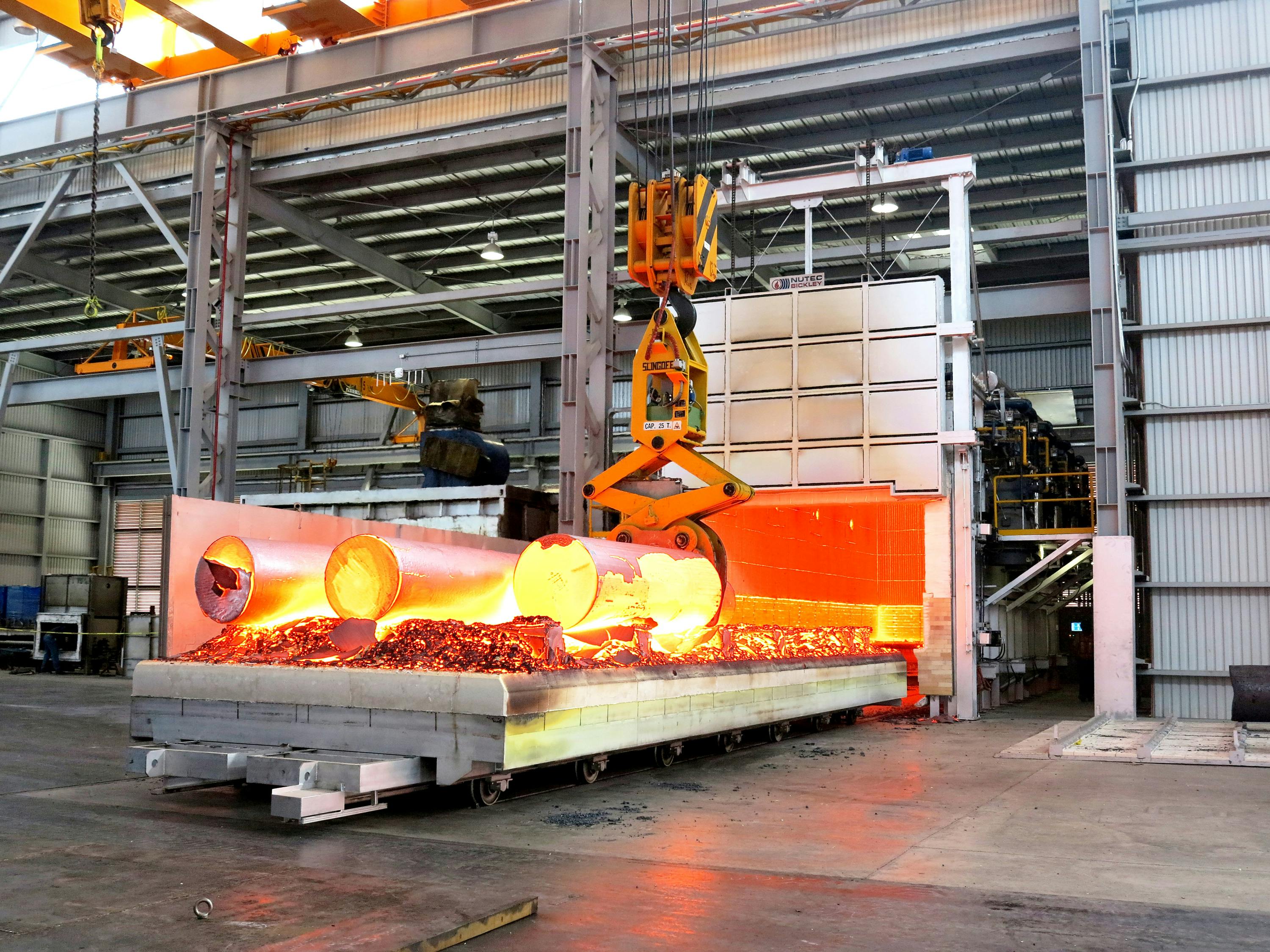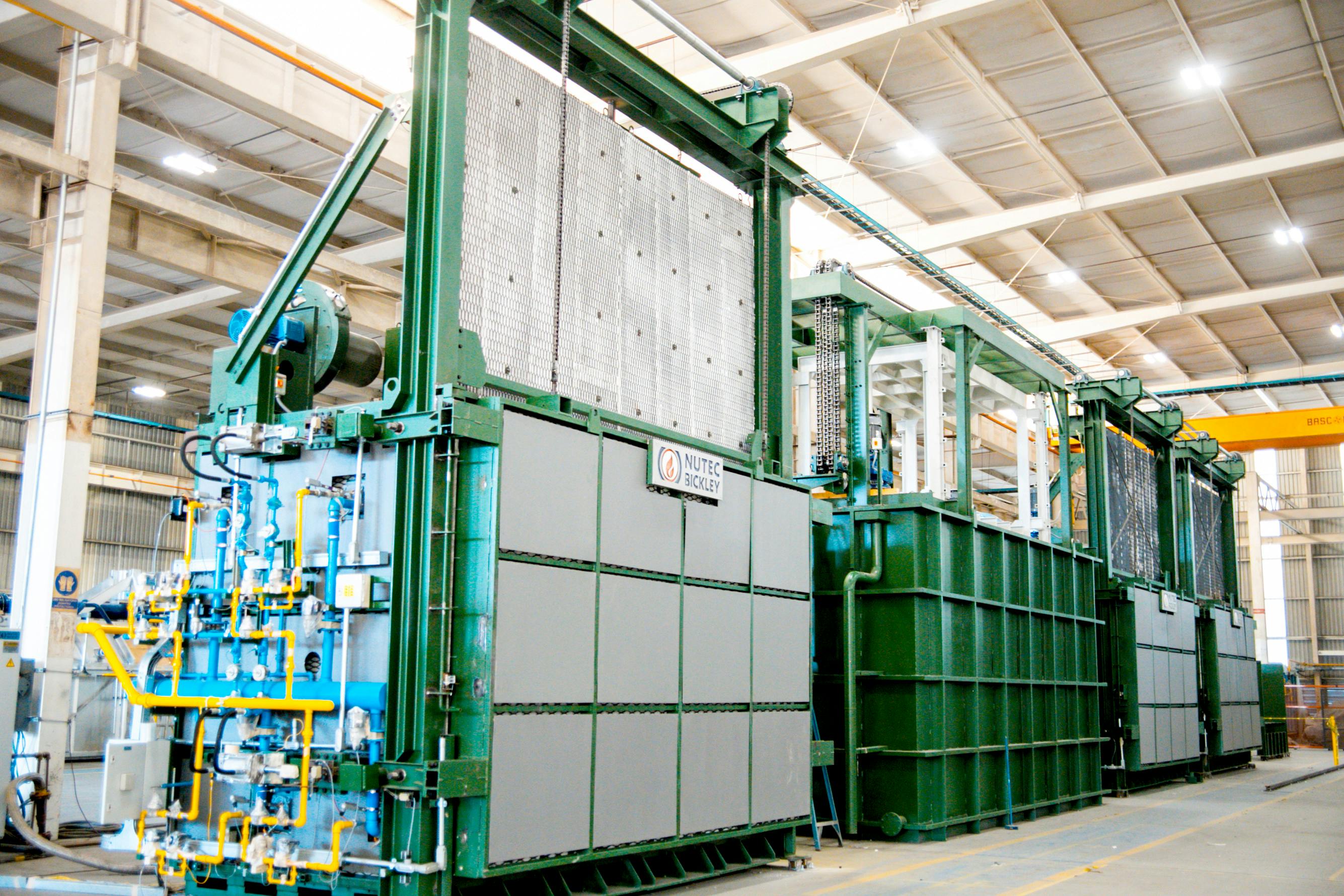Heat treating aluminum is a widely used, albeit complex, process today. It fulfills different requirements in various industries, including automotive, aerospace, and many more. The process involves notable procedures, including solution heat treating, quenching, and aging, among others, and utilizes different types of aluminum furnaces for optimal performance.
The core purpose of solution heat treating
Solution heat treating mainly provides adequate thermal energy to dissolve alloy elements present in a solid solution. The parts are heated to a solution temperature, followed by a rapid cooldown or quenching that locks all dissolved alloy elements at the high solution heat treatment temperature. This process is managed by industry standards like CQI-9 (Automotive) and AMS (Aerospace) to ensure desired results in welding applications of aluminum alloys.
Discover how NUTEC Bickley's industry-leading furnaces empower optimal heat treatment aluminum.
Furnace and quench tank requirements
The furnaces are high-velocity recirculation/convection type units, using either a gas (direct or indirect) or electrical heating system. The heating media are not exposed to the load to avoid radiation that could affect surface temperature. The design would include a fast-acting door(s) system.
These furnaces' maximum operating design temperature is 650°C (1200°F) for heat treatable aluminum alloys. The typical temperature uniformity requirement would be ±6°C (±10°F). The quench tank media is water or a polymer solution (PAG) and has appropriate agitation to limit the vapor blanket formed at the surface of the parts when quenching.
Some heat treatable alloys may need to be quenched in media at a higher temperature. In these cases, the installation of a heating system in the quench tank may be required. A cooling system could also be required to reduce the quenching media to the maximum quenchant temperature at the start of the quench requirements.
Different equipment configurations
Drop Bottom Furnace: This arrangement places the furnace directly above the quench tank. Either the furnace or the quench tank can be moved to allow loading/unloading of the load inside and off the furnace. This design would include a bottom opening, a fast-acting door(s) system, and a heavy-duty lifting mechanism to pull up the load inside the furnace and quickly lower it into the quench tank.
- PROS:
- Fastest quenching delay
- Versatile production management (multiple units) - CONS:
- Height requirement
- Lower production capacity
Front Loading Furnaces: This arrangement places the quench tank directly in front of the furnace with access below the level of the bottom part of the load. The load rack is moved either by a roller hearth system or a push/pull system located at the back of the furnace, with roller rails on the floor. This design would include a front opening, a fast-acting door system, and an elevator system in the quench tank to lower and lift the load in the quench media.
- PROS:
- Versatile production management (multiple units)
- Lower height requirements
- No lifting system inside the furnace
- Good rack support for heavier loads - CONS:
- Slower quenching delay (could be an issue for thinner material)
- Lower production capacity

